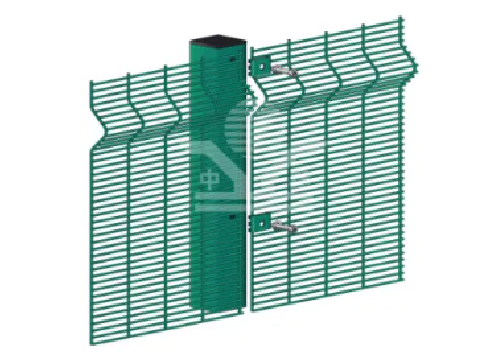

Oktoba . 21, 2024 21:51 Back to list
Understanding Eddy Current Aluminum Separation
Eddy current separation is a sophisticated technology that plays a pivotal role in the recycling industry, particularly in the separation of non-ferrous metals such as aluminum. This technique harnesses the principles of electromagnetism to effectively differentiate aluminum from other materials in a waste stream, thereby enhancing the efficiency of recycling processes.
The Basics of Eddy Currents
To comprehend the functionality of eddy current separation, one must first grasp the concept of eddy currents themselves. When a conductor—such as aluminum—experiences a changing magnetic field, it induces circular currents within the conductor's body. These currents, known as eddy currents, flow in loops and generate their own magnetic field that opposes the original magnetic field. This phenomenon is governed by Faraday’s law of electromagnetic induction.
In practical applications, an eddy current separator typically consists of a conveyor belt and a rotating magnet positioned above the belt. As the mixed material travels along the conveyor, the rotating magnet generates an alternating magnetic field. This field induces eddy currents in any conductive non-ferrous metals present, such as aluminum. The interaction between the induced magnetic field and the original magnetic field causes the aluminum pieces to be repelled away from the conveyor, effectively separating them from the non-metallic waste and ferrous metals.
Advantages of Eddy Current Separation for Aluminum
The use of eddy current separation in aluminum recycling offers several advantages
1. High Efficiency This method can process large volumes of material quickly, separating aluminum at a high throughput rate. The technology can achieve recovery rates exceeding 90%, making it an effective solution for recyclers.

2. Purity of Separation Eddy current separators can isolate aluminum with a high degree of purity, which is crucial for maintaining the quality of recycled aluminum. This is particularly important in meeting the stringent specifications for aluminum used in manufacturing.
3. Minimal Mechanical Damage Unlike some mechanical separation methods that may crush or damage the aluminum, eddy current separation is non-contact and minimizes wear and tear on the material. This preservation of material integrity is vital for retaining its value.
4. Environmental Benefits By efficiently separating aluminum from mixed waste, eddy current separation contributes to more effective recycling processes. Recycling aluminum requires only a fraction of the energy needed to produce new aluminum from raw materials, leading to significant reductions in greenhouse gas emissions.
Applications and Future Directions
Eddy current separation is widely used in various settings, from municipal recycling facilities to large-scale industrial operations. Its adaptability allows it to handle different types of aluminum products, including cans, packaging, and structural components. As the demand for recycled materials increases in an environmentally conscious world, the applications of eddy current technology are set to expand.
Moving forward, advancements in technology may further enhance the efficiency and effectiveness of eddy current separation. Innovations in sensor technology, improved magnetic systems, and the integration of artificial intelligence for material sorting can lead to even greater recovery rates and quality. Additionally, as industries strive for sustainability, the push toward increasing the recycling of non-ferrous metals like aluminum is likely to result in greater investments in eddy current separation systems.
Conclusion
Eddy current aluminum separation stands as a cornerstone in modern recycling efforts, blending fundamental physics with cutting-edge technology to address pressing environmental challenges. By ensuring high recovery rates of aluminum from mixed waste, this method not only supports the circular economy but also plays a vital role in reducing the ecological footprint of aluminum production. As technology continues to evolve, eddy current separation will undoubtedly remain at the forefront of recycling innovation.
Latest news
Troubleshooting Common Eddy Separator Problems
NewsJul.04,2025
The Role of Metal Recycling Plants in Circular Economy
NewsJul.04,2025
The Impact of Recycling Line Pickers on Waste Management Costs
NewsJul.04,2025
Safety Features Every Metal Shredder Should Have
NewsJul.04,2025
How Industrial Shredders Improve Waste Management Systems
NewsJul.04,2025
How Cable Granulators Contribute to Sustainable Recycling
NewsJul.04,2025